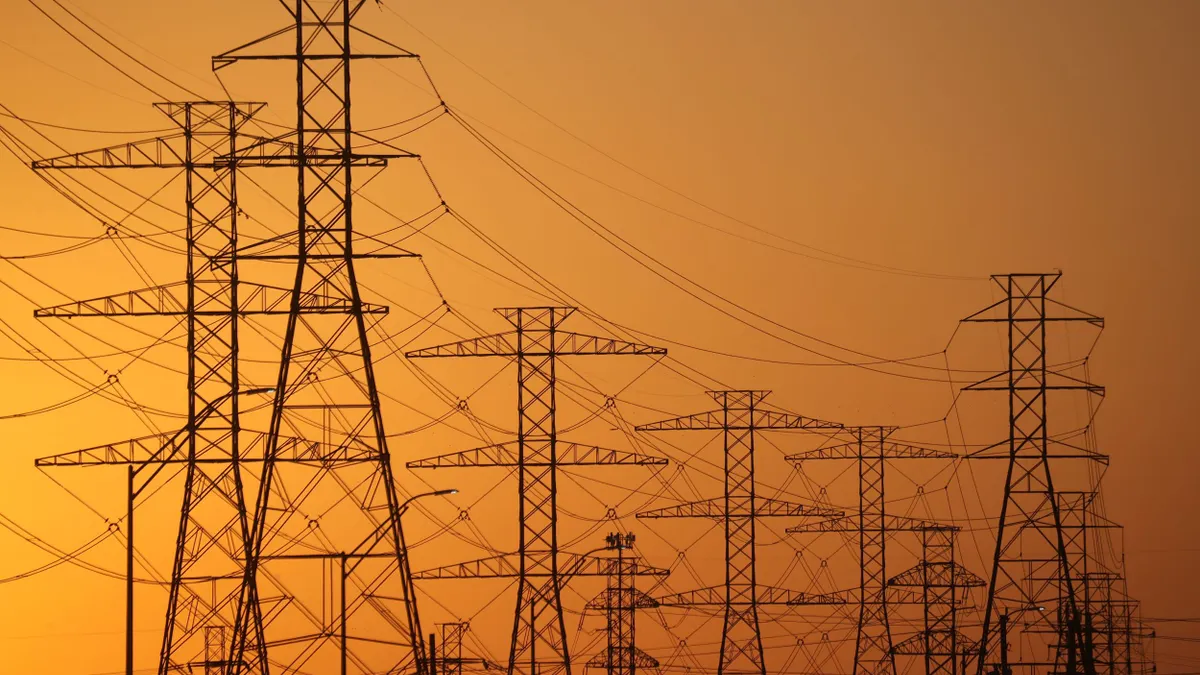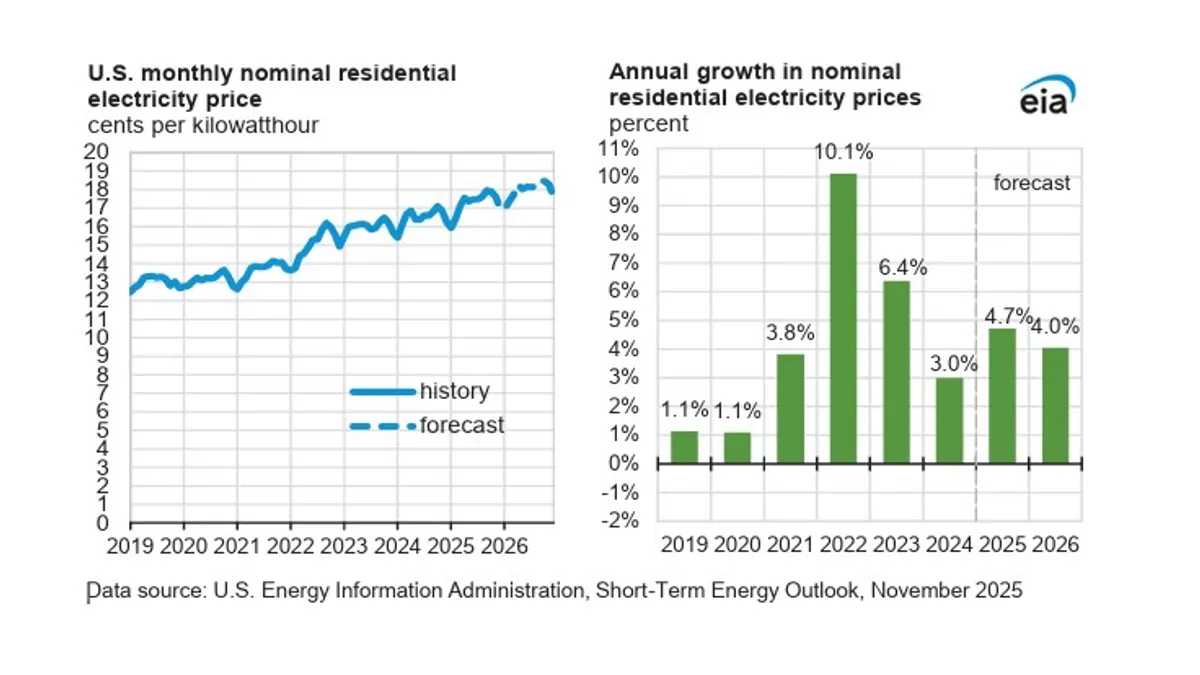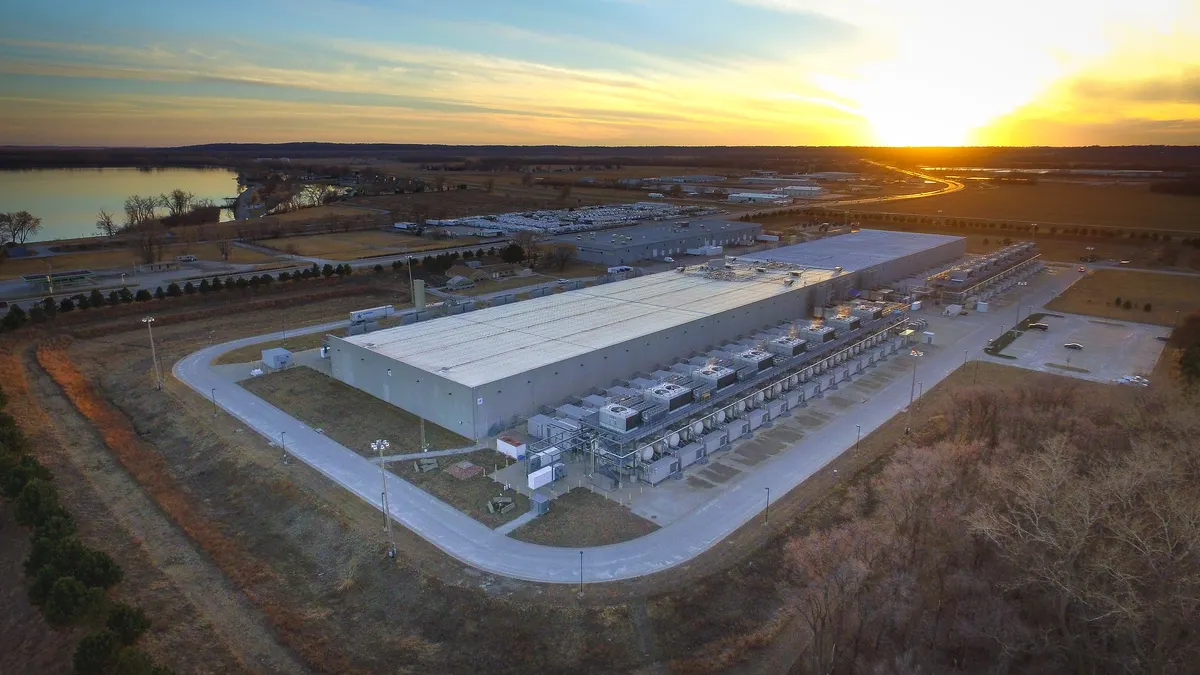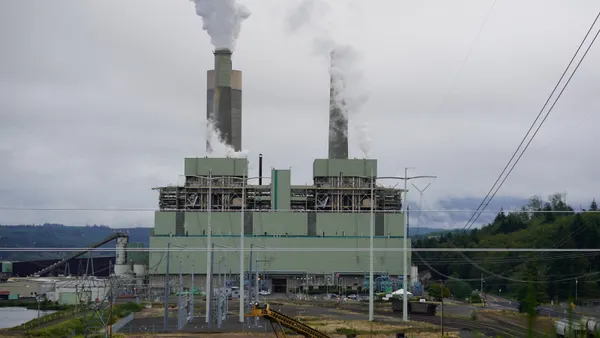Arvin Ganesan is CEO of Fourth Power, a thermal energy storage company.
Imagine running a hospital emergency department where a critical challenge is staffing. You need the correct number of emergency physicians and nurses available 24/7 to handle unpredictable patient surges. If you overstaff, costs become unsustainable. If you understaff, patients suffer.
Hospitals use historical data and predictive models to forecast staffing needs — they know that Mondays typically see more patients than weekends, that flu season creates predictable surges and that summer brings more trauma cases. Based on these patterns, they create staffing schedules months in advance. But hospitals must also maintain flexibility to handle unexpected events like multi-car accidents or a pandemic outbreak that can overwhelm even the best-laid plans.
This combination of systematic planning and operational flexibility shares similarities with what grid operators face every day as they manage our electricity infrastructure. Instead of patients needing immediate medical care, they're dealing with millions of homes, businesses and critical facilities that need power exactly when they require it — not a moment too late. Rather than managing healthcare professionals, they're coordinating a complex network of power plants, renewables and energy storage systems, each with different operating characteristics and availability patterns that must work together to maintain reliable service.
What is ELCC?
This is where effective load carrying capability, or ELCC, becomes indispensable. Much like a hospital forecasts patient volumes during different times of the year, grid operators forecast when they expect the greatest system stress — typically during peak demand periods when electricity usage is highest. They then evaluate how much each power source will contribute during these critical periods and assign each resource a reliability score based on its forecasted availability when the grid needs it most.
Unlike traditional reliability metrics that measure how often a power source comes on over the course of a month or year, ELCC specifically measures its contribution during peak stress periods. This distinction is crucial because the grid's reliability depends not on total energy production, but on having an adequate supply precisely when demand is highest.
Solar and wind have a much lower ELCC than nuclear or natural gas due to their intermittency and the fact that they can’t be relied upon during peak stress hours (e.g., solar power is unavailable on a cold, dark winter evening). Consider that a 100-MW solar farm might have an ELCC of only 30%, meaning that across the hours with the greatest reliability risk, grid operators forecast an average production of 30 MW. Meanwhile, a 100-MW natural gas plant might have a 75% ELCC, providing 75 MW of dependable capacity during those same critical moments.
Grid operators face a similar planning challenge: baseload power sources like nuclear and fossil fuels provide a high degree of consistent capacity around the clock, while renewables face inherent limitations.
Renewable growth and short-duration energy storage
Driven by economics and speed to deploy, wind and solar capacity are on track to triple by 2030. But due to the intermittency noted above, their value is limited if they are not paired with another resource. Battery energy storage systems, or BESS, provide a solution to the intermittency challenge of renewables, capturing excess renewable energy when generation exceeds demand, and then discharging that stored energy during periods when renewable generation falls short of demand.
Lithium-ion batteries have become the initial workhorses of the energy storage revolution, typically providing four hours or less of storage. Until recently, this has aligned well with peak emergency periods — relatively short but intense surges in late afternoon and early evening when the grid faced its highest stress. As a result, four-hour batteries have had high ELCC values to date.
This high ELCC, combined with falling lithium-ion hardware costs, has driven dramatic growth in battery deployment. U.S. battery storage capacity increased by 66% in 2024, bringing operating capacity to 26 GW, while costs fell 80% over the past decade. Costs are projected to decline further, making battery storage competitive with natural gas peaker plants. Battery storage paired with solar is also one of the most competitive new sources of electricity.
However, the grid is evolving rapidly, and shorter-duration storage resources face challenges ahead.
The case for longer duration energy storage
As more short-duration storage gets deployed, the shape of the grid challenge is changing. Short, sharp demand peaks for a couple of hours have evolved into longer plateaus of sustained high demand relative to renewable generation. This transformation occurs because short-duration batteries effectively lop off the top of demand peaks. What that leaves you with is a scenario where the number of hours that constitute the new peak is longer (i.e., a flat-topped mountain).
Adding to this challenge, the explosive growth in electricity demand — particularly from data centers that require 24/7 power — is creating longer periods of sustained high demand rather than brief peak periods. Grid operators now face 8-12 hour sustained periods of high net demand that extend well beyond what existing four-hour batteries can cover.
The implications for ELCC values are profound and happening faster than many anticipated. The first 5 GW of four-hour storage might achieve 80% to 90% ELCC, but by the time 15 GW is deployed, new installations can drop below 40% ELCC. Essentially, those same four-hour assets become de-rated because they cannot be relied upon to provide power when the grid needs it most over those 8+ hour stretches.
This decline in ELCC isn't a failure of technology — it's evidence of success in creating new requirements. The initial batteries solved the original problem so effectively that they revealed the next challenge: the need for longer-duration storage that can adapt as grid conditions continue to evolve.
Longer-duration storage addresses the fundamental need to carry a renewable-powered grid through extended periods of low generation. A typical four-hour battery might handle an evening peak but cannot sustain the system through a day or more of below-average renewable production.
Rather than simply deploying more four-hour batteries, optimal planning requires matching storage durations to the full spectrum of grid needs. In order for a resource to provide the same amount of ELCC, the duration must match the actual length of the high-demand period.
Flexible duration thermal energy storage
The declining ELCC of short-duration batteries creates a planning dilemma for utilities that's difficult to solve with traditional storage technologies. What if grid conditions change and the optimal duration shifts from 10 hours to 15 hours to 20 hours over time? This creates a classic "Goldilocks problem" where utilities either have to build something now that provides perfect ELCC for the time being but falls short down the road, or they can overbuild a battery that's providing enough ELCC in 20 years — but that means they've spent a lot of money on something that they don't need quite yet. It’s too much or too little, but never just right.
Flexible duration thermal energy storage can address this problem head-on. Thermal battery systems offer a different approach to energy storage by storing electricity as heat in inexpensive materials, like carbon. Unlike electrochemical batteries that degrade with cycling, these thermal systems can handle thousands of charge-discharge cycles with minimal performance loss.
By separating power conversion from energy storage, storage capacity can be added incrementally at a fraction of the initial cost. The result is a storage system that can grow with changing grid needs. Instead of buying too little or buying too much, the utility can future-proof the capacity value of the battery by adding incremental capacity at a later date.
This flexibility tackles the ELCC challenge directly. For example, if a 10-hour battery starts losing ELCC value as grid conditions change, additional storage hours can be added at just 20% of the installation cost. This scalability responds to the dynamic nature of grid planning, allowing storage assets to grow with evolving needs rather than becoming stranded investments.
The declining ELCC of short-duration batteries isn't a problem to solve — it's a signal of successful renewable integration and a roadmap for what comes next. The challenge requires storage systems that can adapt to changing grid conditions while maintaining economic viability.
The broader context is important: every time you build a battery or any other asset, somebody is paying for that. And that somebody is a ratepayer. The solution requires optimizing the technology mix rather than simply building more of the same resources.
We don't have to choose between renewables and reliability. By understanding ELCC and investing in adaptable storage solutions, we can build a grid that powers our critical infrastructure sustainably for generations, ensuring that when people depend on electricity, the power will always be there. The key is recognizing that successful renewable integration creates new challenges and requires developing storage technologies flexible enough to meet them.






















